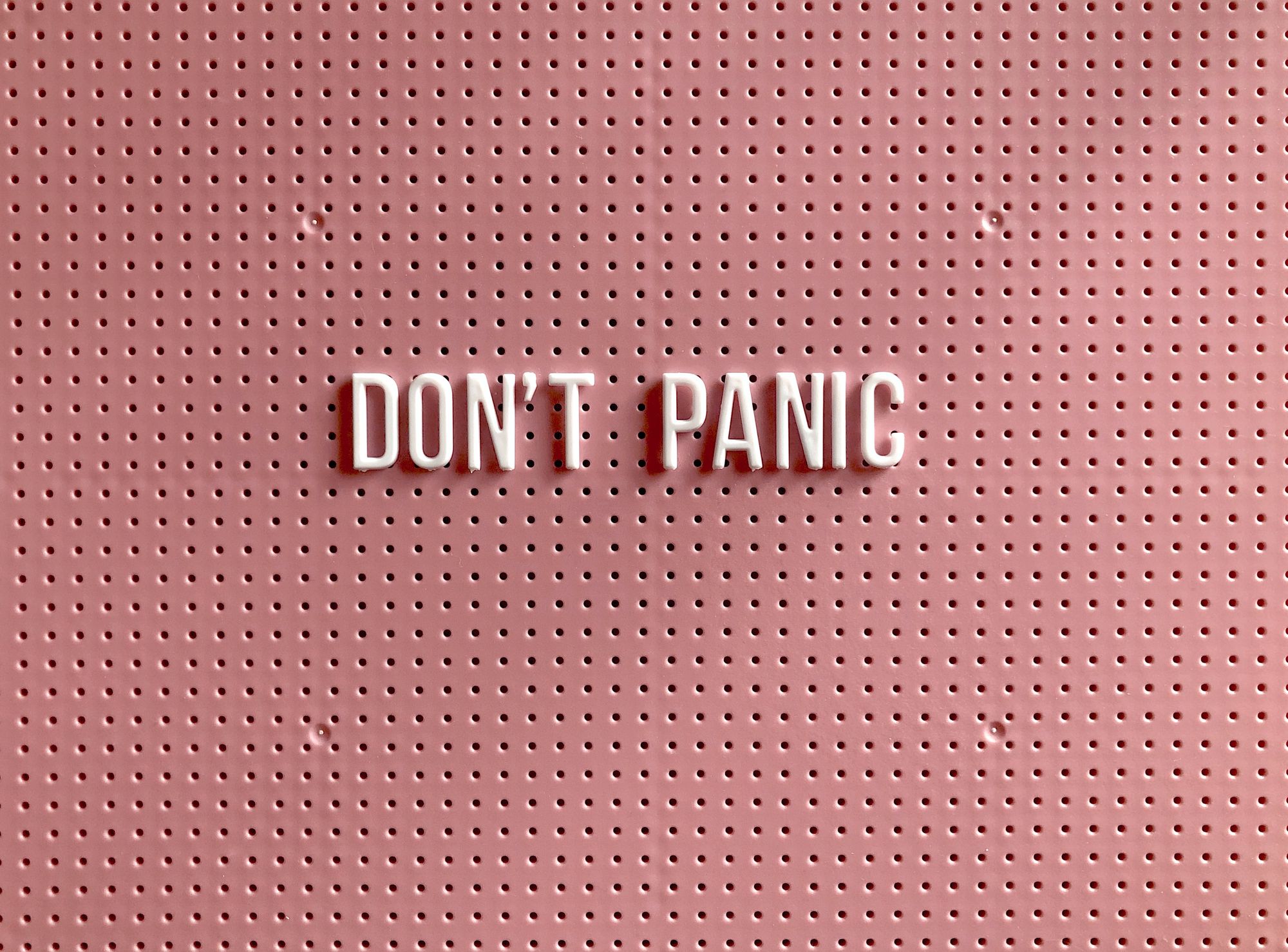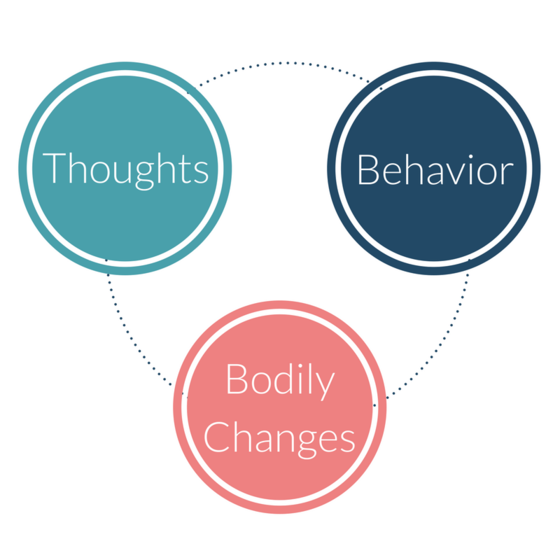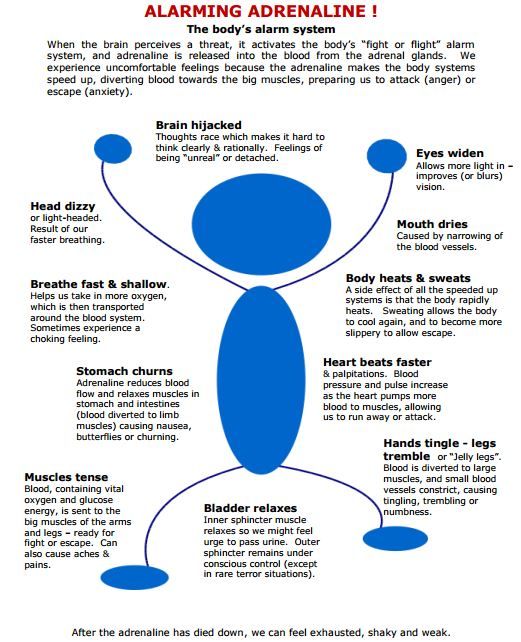How To Explain Anxiety To A Child Going Back To School During COVID-19
Going back to school during COVID-19 may increase the likelihood of your child experiencing anxiety. We have some tips on how to explain anxiety to a child.

Going back to school after COVID-19 may result in increased anxiety for your child. In general, we don't think about childhood as a specifically anxious time. However, in the midst of a pandemic, the chances that your child will feel anxious may be increased.
With this in mind, we thought it would be helpful to share some tips on how to explain anxiety to a child.
- Firstly, in order to explain anxiety to a child, you, yourself, must understand what anxiety is.
- Then, we can look at what makes your child anxious and if it is having a significant impact on their lives, whilst being on the lookout for signs and symptoms.
- Lastly, we can explain anxiety to them, in a way that they understand (with a helpful video!).
Learn to manage anxiety in only 5 minutes per day
What Is Anxiety?
For a comprehensive overview, review our previous article here.
In short, anxiety may be defined as the human body’s physical response to danger. It is made up of thoughts, feelings and behaviours. It is essentially an overreaction of the fight or flight response to stimuli in our environment. It evolved to help us survive when there was danger in front of us (like a lion) but in the modern day, it can be triggered when there is no real danger in front of us (like feeling anxiety when making conversation).
What Makes Children Anxious?
Anxiety is not a one trick pony. It comes in different shapes, sizes and forms and can affect children in different ways, about different things and at different ages.
The researchers John Bowlby and Mary Ainsworth were the first to identify separation anxiety in young children. You have probably seen this yourself, when a child is separated from their parents, they are upset and need comforting. This is a natural part of development.
It is also common around preschool age, where phobias and specific fears may develop. These may include: animals, storms, heights and the dark. Usually, these fears go away gradually by themselves.

When Is Anxiety A Problem For Children?
Just the same as adults, anxiety is a problem for children when it starts to have a significant impact on their everyday life.
For example, instead of being anxious about a test, but still managing to go into school and complete it, a significant impact would be the child couldn't even go into school because they were so anxious.
Consistent, intense anxiety like this can have negative impacts on their mental health, affecting self-esteem and confidence.
Eventually, they may start to seem withdrawn and go to great lengths to avoid things or situations that make them feel anxious.

What Are The Signs Of Anxiety In Children?
Naturally, children can find it hard to explain or express what they are feeling. You can use the body map below, allowing them to point to where they are feeling the anxiety, if they are finding it hard to explain.
Also, you can notice some signs of anxiety in them yourself, such as:
- Sleeping problems
- Irritable or overly-attached
- Wetting the bed
- Having bad dreams
If the child is a little older, you may also notice:
- Difficulty concentrating
- Lacking confidence
- Eating and sleeping problems
- Angry outbursts
- Negative thoughts

If you want to find out more about the symptoms of anxiety, you can check out the National Health Service's page here.
How To Help An Anxious Child?
Firstly, do what comes naturally to you as their caregiver. Reassurance is just as vital as it would be for a scraped knee. Talk to the child about their anxiety, explain that it is normal and show them that you understand.
You can also explain anxiety to your child. This includes the physical effects it has on our bodies. One common way to explain it, is by describing anxiety as a wave that builds up and then goes away again. If you need a detailed reminder of the effects of anxiety, check out our guide here.
Here we have a very useful informational video you can use when explaining anxiety to your child:
And finally, if necessary, you can help them to make a plan about their anxiety. Just 'not doing it' may result in a pattern of avoidance behaviour, which will ultimately lead to more anxiety. Instead, support them and offer solutions, maybe staging their exposure step by step and having some precautions in place.
Anxiety vs COVID-19 Symptoms Confusion
It may be the case that your child is anxious about COVID-19. Firstly, this is entirely normal, worldwide anxiety levels are increasing due to the pandemic.
Second, it seems that anxiety about COVID-19 has the unfortunate consequence of resembling COVID-19 symptoms. This is causing confusion for children and adults as to whether their symptoms are anxiety-related or virus-related.
As intense anxiety can, in some cases, cause similar symptoms to COVID-19, we thought it would be useful to share some information on the symptoms of both and provide a few ways to help you tell the difference.
Some Other Tips That Can Help
- Routines can be very helpful, so try to stick to them
- You can share some of the things you have been anxious about before
- If appropriate, teach your child to recognise signs of anxiety themselves
- Sometimes watching a film or reading a book with a character experiencing something similar helps them to understand
- Reassure them that anxiety is to be expected during a pandemic
Hopefully these tips on how to explain anxiety to a child will help you when the time comes.
If you're interested in learning more about anxiety, check out the Stresscoach app :)
Learn to manage anxiety in only 5 minutes per day
